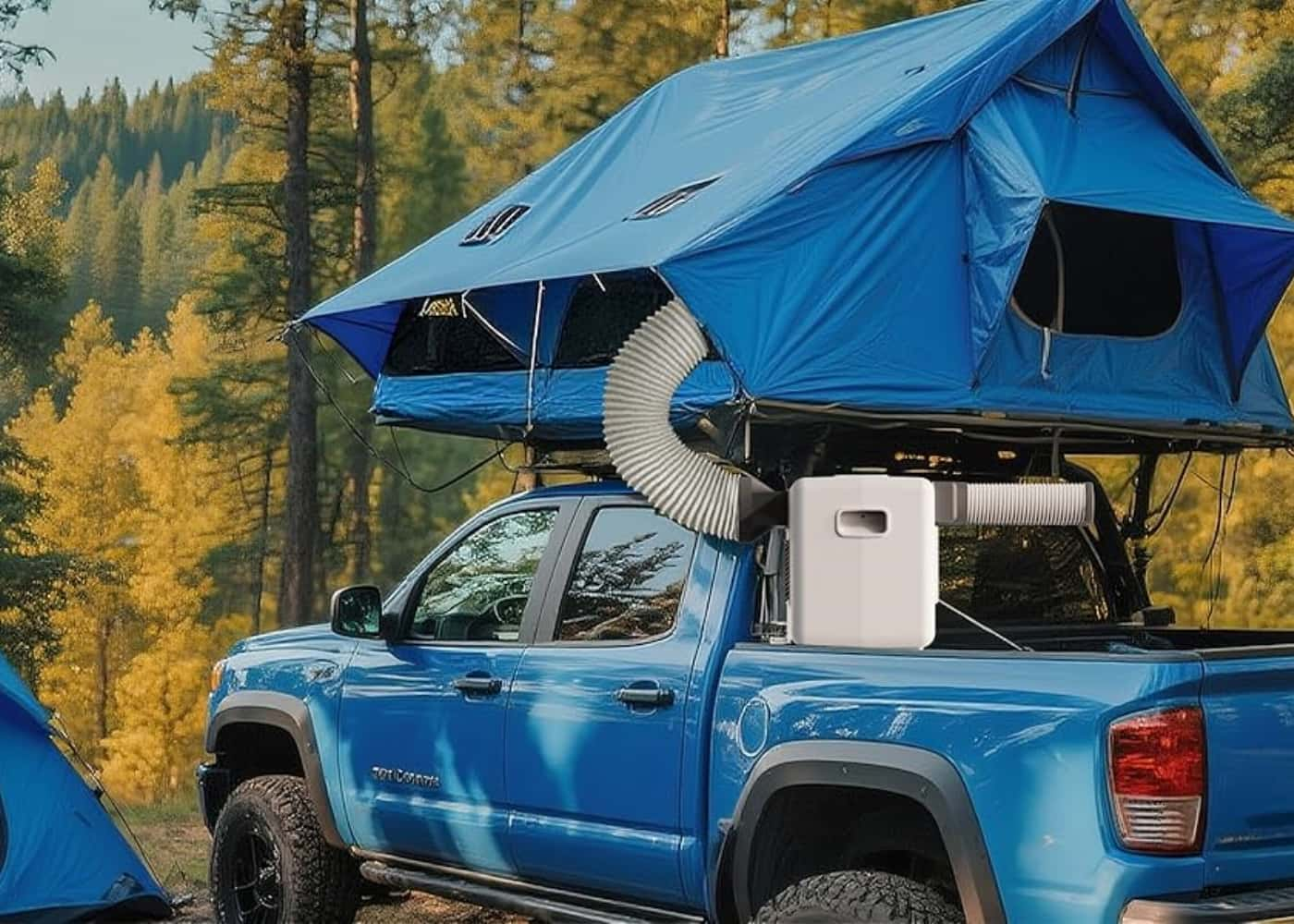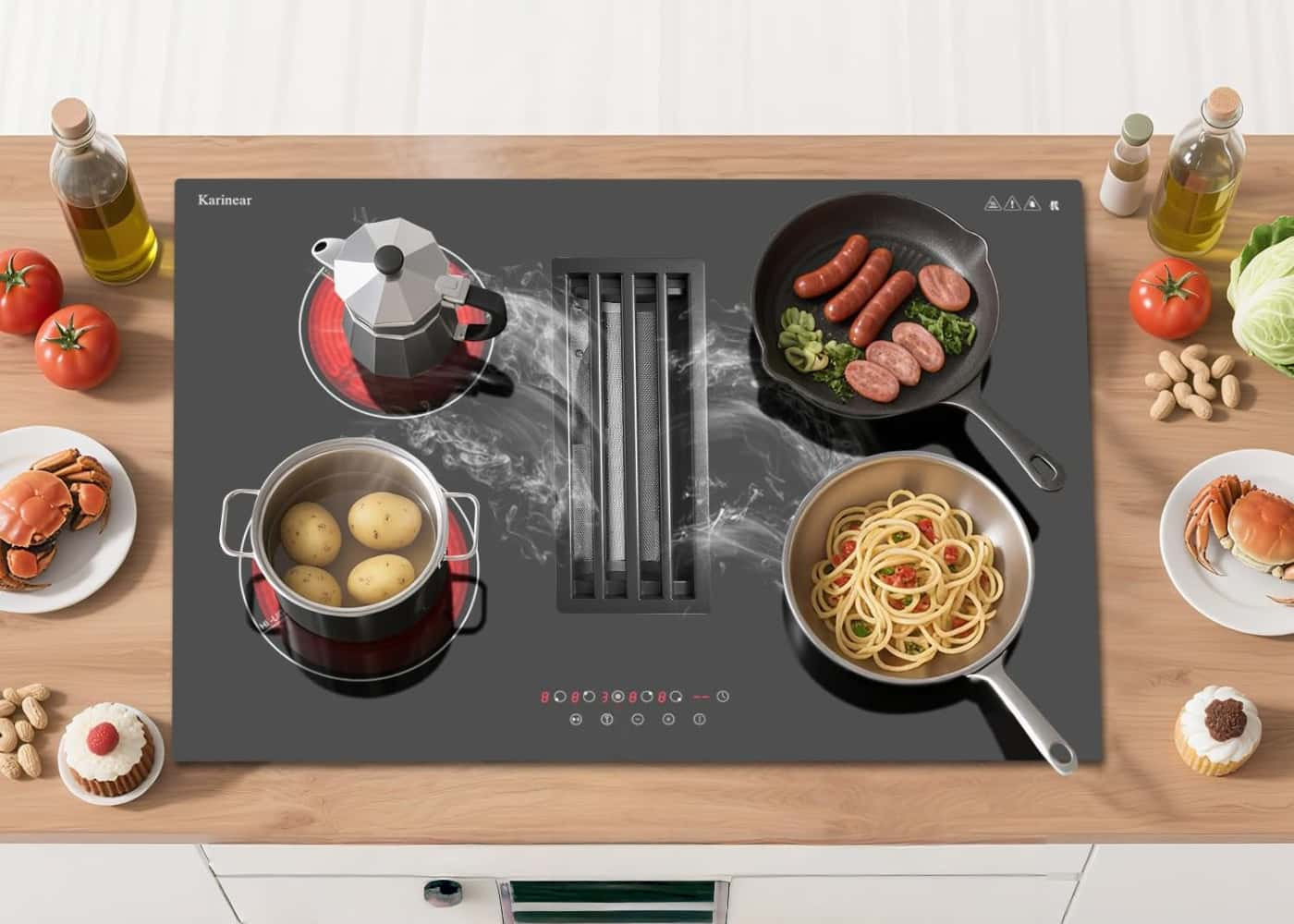
Comfort is essential when spending time outside in your recreational vehicle (RV). One of the most effective ways to create a comfortable environment inside your RV, especially during the hot summer months, is to invest in a portable air conditioning unit. These compact cooling solutions are intended to provide heat relief while remaining portable and easy to install. In this guide, we'll go over everything you need to know about portable air conditioning units for RVs, including benefits, installation tips, and product recommendations.
Understanding Portable Air Conditioning Units
Portable air conditioning units are versatile cooling devices that can be moved from one location to another with ease. Unlike traditional air conditioning systems that require permanent installation, portable units offer flexibility, making them ideal for RVs. They typically consist of a compressor, condenser, and evaporator, all housed in a single unit.
How They Work
Portable air conditioners operate by drawing in warm air from the surrounding environment, cooling it through a refrigerant cycle, and then expelling the cooled air back into the room. Most models come with an exhaust hose that needs to be vented outside, usually through a window or a vent. This setup allows the unit to effectively cool the interior of your RV without the need for extensive installation.
Types of Portable Air Conditioners
-
Single-Hose Units: These are the most common type of portable air conditioners. They use one hose to draw in air from outside, cool it, and then release the warm air back outside. While they are generally more affordable, they can create negative pressure inside the RV, which may lead to less efficient cooling.
-
Dual-Hose Units: These units have two hoses—one for intake and one for exhaust. This design allows for better efficiency as it doesn’t create negative pressure. Dual-hose units are typically more effective in cooling larger spaces.
-
Evaporative Coolers: Also known as swamp coolers, these units use water to cool the air. They are best suited for dry climates and can be a more energy-efficient option, but they may not provide sufficient cooling in humid conditions.
Benefits of Using Portable Air Conditioners in RVs
Flexibility and Portability
One of the primary advantages of portable air conditioning units is their portability. You can easily move them from one area of your RV to another, or even take them outside for use during camping trips. This flexibility allows you to cool specific areas as needed, rather than cooling the entire RV.
Easy Installation
Most portable air conditioners come with a simple installation kit that allows you to set them up in minutes. Unlike traditional AC units that may require professional installation, portable units can be easily connected to a window or vent without any special tools.
Energy Efficiency
Many modern portable air conditioners are designed to be energy-efficient, helping you save on electricity costs. They often come with features such as programmable timers, energy-saving modes, and remote controls, allowing you to optimize their performance based on your needs.
Cost-Effective Solution
Investing in a portable air conditioning unit can be more cost-effective than installing a permanent air conditioning system in your RV. They are generally less expensive upfront and can help you avoid costly installation fees.
Choosing the Right Portable Air Conditioner for Your RV
When selecting a portable air conditioning unit for your RV, there are several factors to consider:
Size and BTU Rating
The cooling capacity of an air conditioner is measured in British Thermal Units (BTUs). For RVs, it’s essential to choose a unit with an appropriate BTU rating based on the size of your space. As a general guideline:
- Up to 200 sq. ft.: 7,000 - 8,000 BTUs
- 200 - 400 sq. ft.: 10,000 - 12,000 BTUs
- 400 - 600 sq. ft.: 14,000 - 15,000 BTUs
Noise Level
Consider the noise level of the unit, especially if you plan to use it while sleeping. Look for models that operate quietly, typically around 50-60 decibels, to ensure a peaceful environment.
Energy Efficiency Rating
Check for the Energy Efficiency Ratio (EER) of the unit. A higher EER indicates better energy efficiency, which can lead to lower electricity bills.
Features and Controls
Look for additional features that enhance usability, such as remote controls, programmable timers, and multiple fan speeds. Some units even come with smart technology that allows you to control them via smartphone apps.
Installation Tips for Portable Air Conditioners in RVs
Selecting the Right Location
Choose a location for your portable air conditioner that allows for easy access to a window or vent for exhaust. Ideally, the unit should be placed near an electrical outlet for convenience.
Venting the Unit
Follow the manufacturer’s instructions for venting the unit. Most portable air conditioners come with a window kit that allows you to securely attach the exhaust hose to a window. Ensure that the hose is as straight as possible to maximize efficiency.
Insulating the Hose
To prevent warm air from entering your RV, insulate the exhaust hose. You can use foam insulation or duct tape to seal any gaps around the window or vent.
Regular Maintenance
Keep your portable air conditioner in good working condition by regularly cleaning or replacing the air filters. This will help maintain airflow and efficiency.
Karinear Portable Air Conditioning Units for RVs
- Cooling Capacity: 3000-5000BTUs
- Weight: 13kg
- Noise Level: 45-50 dBA
- Power Consumption: 436 watts
- Features: Compact design, 3-in-1 functionality (cooling, fan, dehumidifier), remote control, and programmable timer.Smart app control,suitable for outdoor use.
Conclusion
Investing in a portable air conditioning unit for your RV can significantly enhance your comfort during your travels. With various options available, it’s essential to consider factors such as size, efficiency, and features to find the perfect fit for your needs. By following the installation tips and maintaining your unit, you can enjoy a cool and pleasant environment in your RV, no matter where your adventures take you. Happy travels!






